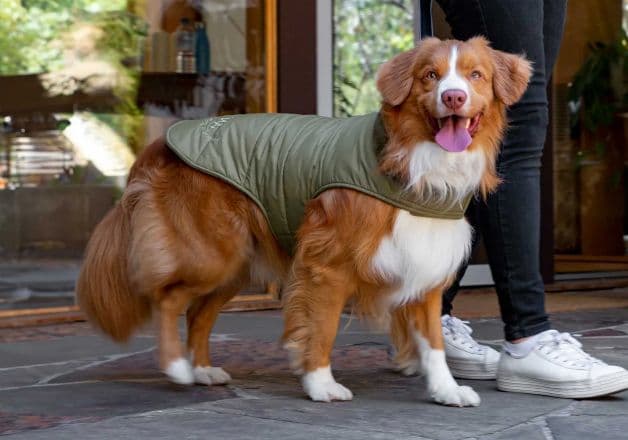
Preparing for a Show: How to Rug Your Horse
Preparing your horse for a show involves more than just grooming and training — it’s about ensuring they look their best while staying comfortable and protected. Choosing the right rug and knowing how to use it effectively can make all the difference in maintaining your horse’s appearance and wellbeing on show day.
Today’s show horses are usually clipped, or at least discouraged to grow a natural winter coat, so it is necessary to replace the protection and comfort of a thick coat with various rugs and hoods. Competition horses used in events or showjumping may be clipped to prevent them from becoming overheated, excessively sweaty and uncomfortable working in a full winter coat.
How to layer
1. The base: A typical show horse will have a very fine coat similar to that of a natural summer coat so it is important to provide a soft warm and breathable base layer against their skin for day to day wear. A ripstop poly-cotton blend in either a standard rug to cover just the body, a combo to include mane and neck coverage or an attached hood rug to cover the entire horse is a good start. A few of these will be necessary to change over for regular washing for the horse's skin health and hygiene benefits.
2. Additional support: The next consideration is additional warmth taking into account climate, stabling and the daily activity of the horse. A warm polar fleece or kersey wool rug suits this purpose and may be added or removed as the horse’s warmth requirements change.
3. Waterproofing: The final layer is a waterproof turnout layer. Again depending on the climate, a horse may require a full poly-filled waterproof nylon rug or combo to protect from rain, wind and cold.
Show sets
Typically a show horse will wear a hooded rug, such as a show set, to prevent fading and to keep the face and neck clean and warm. Hoods also serve to protect the mane from rubbing on fences, being chewed by other horses or from getting dirty. Hoods made from thin stretch fabric such as lycra are often used the night before an event to keep plaited manes in place and to keep freshly washed faces clean.
Finally, tail bags and leg wraps can be added. Tail bags are usually attached by a small Velcro strip at the back of the rug, just above the tail flap and serve to protect a horses tail from dirt, sun-fade, chewing and general mishaps. Tail bags can be found in ripstop, mesh or waterproof nylon. Leg wraps or paddock boots are usually a sheepskin wrap with Velcro straps protecting the lower part of the horses' legs from bumps and scrapes that may occur in the paddock or stable.
In summer, show horses are still rugged but in sun and insect protective rugs. Tightly woven mesh, ripstop or hybrid rugs are useful to help prevent sun fade on darker horses and protect delicate skin from the sun.
It is important when rugging any horse to take note of their body temperature and to not overheat them, especially during the day. A cool horse can move around to warm up but a horse that has too many rugs on and is sweating, cannot cool down. This can cause skin irritations, hair loss and potential long term damage to your horse. Ensure the layers you use on your horse allow the skin to breathe and disperse any heat and moisture while providing protection.
Explore Caribu's full range of specialty rugs and show sets to set your horse up for success.


